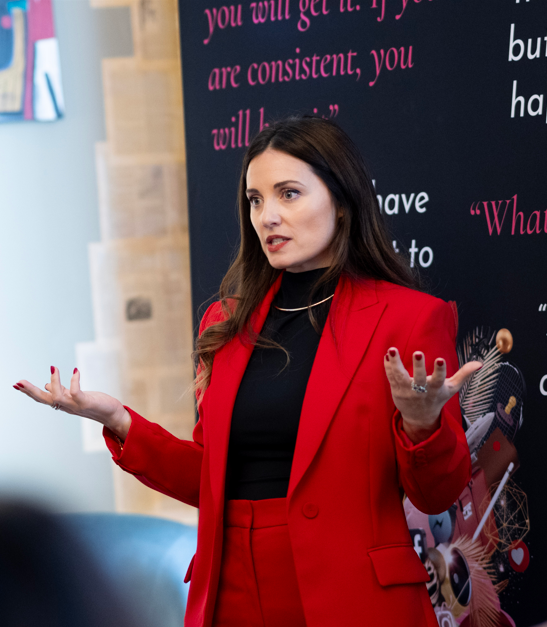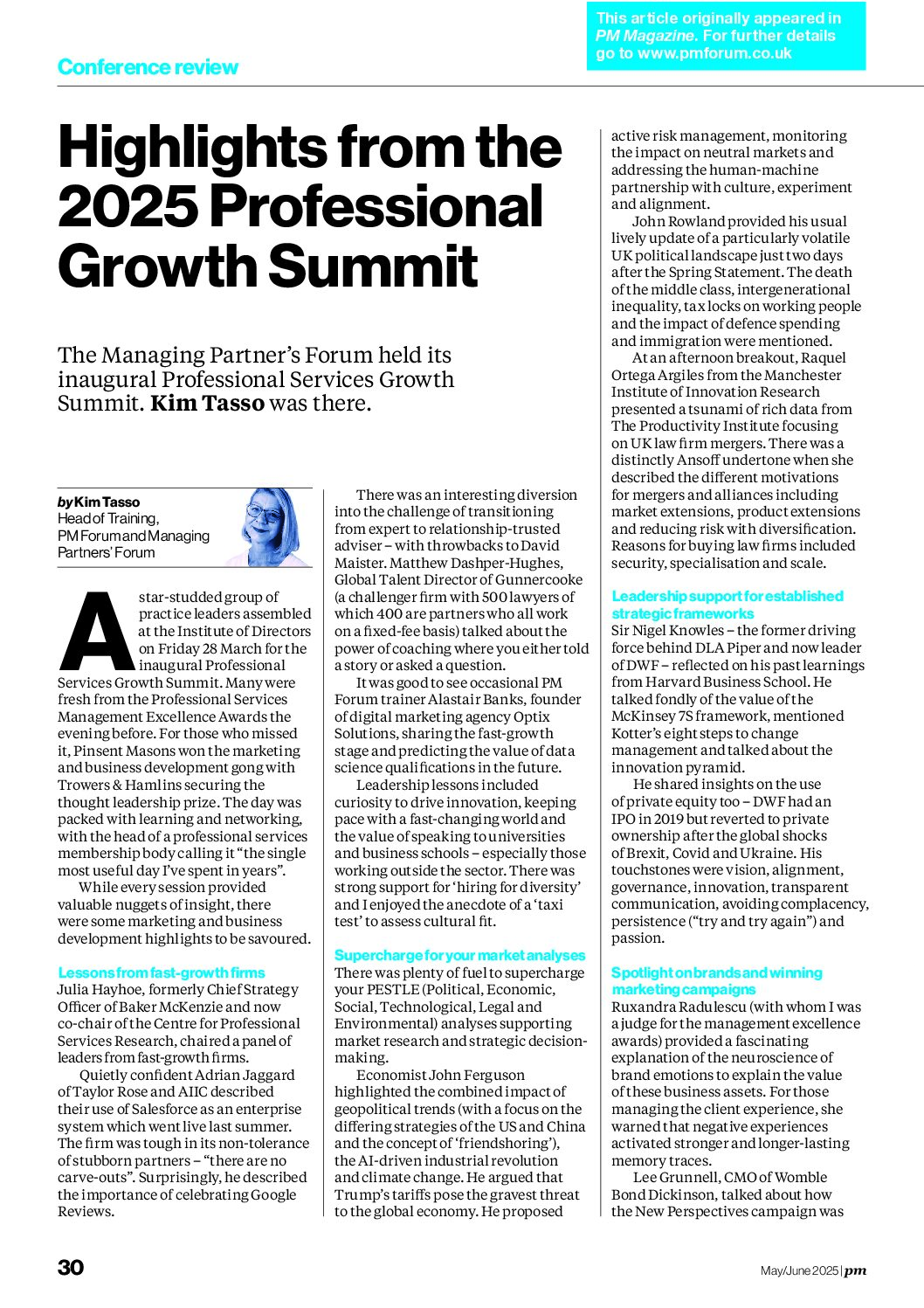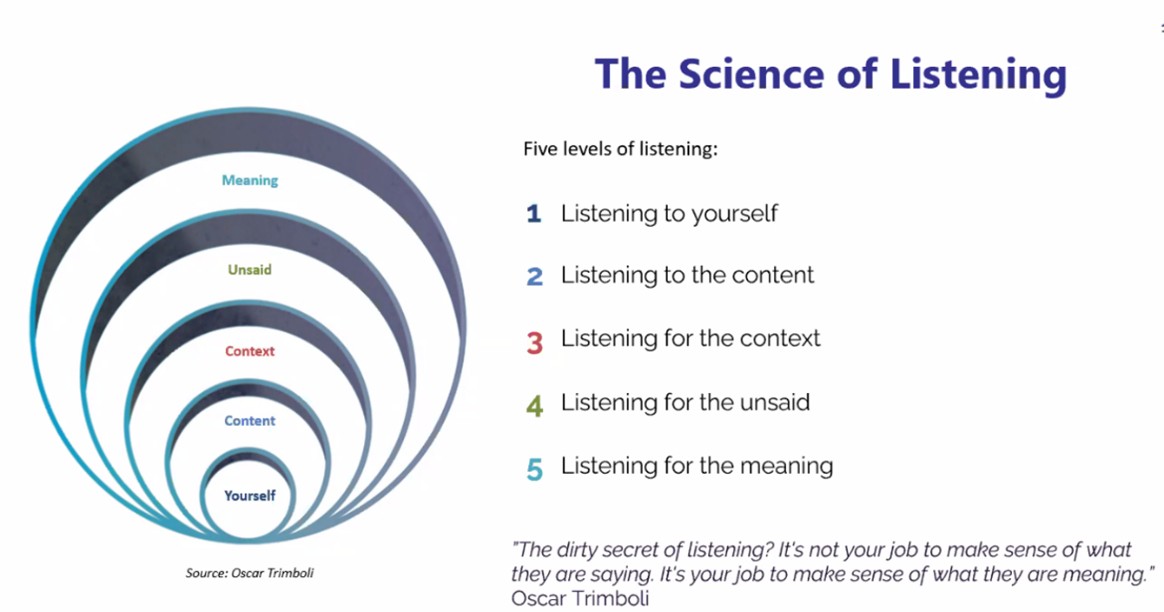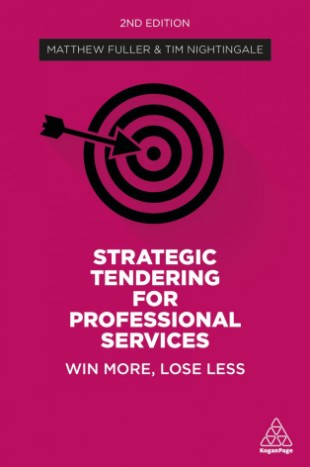
Clare Rodway is the founder of Kysen – one of the leading public relations consultancies serving the legal sector. She talks about the impact of digital PR on her own business and on the work of her clients. Further details from: http://www.kysenpr.co.uk/
Q: What has been the impact of digital PR on your business and that of your clients?
“For our own business, we have had to develop a set of new skills rather quickly and devote time to both monitoring the online news services and the material from our clients as well as offering our own news collection streams and comments. There are many more platforms now where news and articles can be placed – keeping on top of it remains a challenge. However, we have saved some time as it is now much easier and quicker to maintain relationships with those journalists who prefer to operate in the digital space.
In some respects for our clients, it’s like adding another layer (that of blogs, Twitter and online communities) to the communications strategy and existing PR tools that they deploy. There have been some challenges for our clients to tackle – lawyers tend to be conservative and risk averse, they are followers rather than leaders, and they need to be guided through the pros and cons and given help to develop robust policies that give senior management reassurance that their reputations will not be adversely affected”.
Q: What is the take-up of digital PR amongst law firms?
“This varies hugely – and not just in relation to the size of the law firm or its geographical location. It really depends on whether we are talking about defensive or proactive strategies.
As a defensive measure, they need to ensure that they are connected to the various online communities and at least monitor what is happening so that they can react to any opportunities or adverse comments. Also, a following can’t be built up overnight in the event of a major situation – firms need to work at this in a structured way over time and that means getting buy-in early on for effectively defensive deployment at some point in the future. With no presence, a firm – no matter how large – is powerless.
Our media law clients have had a more direct impact on their work. At the end of 2011 there were various attempts to take out super injunctions to prevent information circulating on social media. The Trafigua case on the oil spill in Somalia made Newsnight after the story broke on digital media. There have been more recent cases where celebrities have tried to use the law to suppress personal information but have been unsuccessful due to digital story breaks. But they see the positive impact it can bring – There was the situation with the Iranian elections where official news channels were controlled, and information about corruption circulated through informal social media means”.
Q: So what are the important online legal communities?
“All of the main, traditional legal media have an online presence. For example, @NetLawMedia has over 37,000 followers, @GDNLaw (The Guardian) has 30,000, @lawsocgazette and @TheLawyerMag around 18,000 each, @TimesLaw 16,000 and @TheBarrister magazine has nearly 9,000 followers. This is mirrored in the USA with accounts such as @WSJlawblog with 35,000 followers. Their credentials, authority and reach have transitioned to the digital space where they exert great influence.
There are many active communities and a number of high profile, heavily followed people. For example, there is @CharonQC (8,400 followers) who is a law blogger who previously set up a law school. He is known for being forthright, to the point and for his irreverent style. @RollOnFriday (9,300 followers) and @LegalCheek (3,200 followers) are in a similar vein. Mark Stephens – a lawyer who is well known for his broadcast media appearances – has 6,900 followers.
Whilst understanding and having relationships with the traditional legal media and national law correspondents is important, these less formal channels and individuals also have an important part to play in digital PR for lawyers – but with somewhat different rules of engagement.
Some consumer focused practice areas are active – family law is one example. There are many experts, associations and individual firms who communicate with each other and the public through the full spectrum of digital PR channels.
Not surprisingly, there’s also a strong community amongst those interested in technology and the law – @NeilRose (Editor of LegalFutures.co.uk guide to conduct, compliance and competence) and @ChristianUncut (editor of Legal Technology Insider) are good examples.
There are also some impromptu on-line discussions – for example, many lawyers use the hashtag #lawyerapprentice to comment upon and connect during the show. These are retweeted by The Lawyer magazine and a selection appears in hardcopy. There are groups of legal people who comment and communicate a lot and who organise regular tweetups where they can meet in real life”.
Q: What examples are there of good (and bad) digital PR in the legal profession?
“Let’s start with an old example. Russell Jones & Walker was a pioneer in social media. Back in 2010 it targeted the gay community in Manchester through its “Pink Law” initiative. It offered a free seminar and invested in online PR in the form of a Facebook page – from which it obtained a third of the delegates.
There was a recent campaign by BrandValuation which investigated the brand value of law firms in the light of ABS developments. A Twitter campaign was developed to identify which chocolate brands were most effective at describing different firms. Days came out as Dime Bar and Brechers as Rococco. It was a highly viral campaign and was covered in The Lawyer magazine.
Less positively, there are some firms who have a presence on a number of digital platforms and have all their lawyers’ profiles online – but who fail to monitor mentions, respond and interact”.
Q: How best to brief PR consultancies on digital PR campaigns?
“Many law firms we work with simply don’t know what they want at the outset so we have a full and frank discussion about what is and isn’t achievable. But in essence, we need to know just the same as with a traditional PR campaign:
- Who’s the target audience?
- What do you want to say?
- And for what purpose?
Like all good marketing and communications, the targeting and proposition are key. There are strategic, creative and administrative elements to what we do and sometimes highly structured briefs can miss the point entirely.
Our clients are sometimes the in-house PR team – so they usually know what they want, sometimes the marketing team – and they are usually pretty good at describing the objectives and the other elements of the campaign. But sometimes we work with regional leaders or the actual lawyers running niche practices, specialist legal teams, barristers and professional associations – and sometimes it is more difficult to extract the brief from these”.
Q: So what is the value in using an external PR consultancy for digital PR?
“Well, for those who haven’t done much media relations, there’s value in our “little black book” of contacts and our relationships with traditional and online media and journalists. This spans beyond the national and legal press to other trade media such as property and employment and even the oil and gas industry.
Some firms want to parachute in our skills and expertise into areas that have not used media relations before or where the in-house resources are too stretched. But at the end of the day, they are acquiring help in the traditional areas of knowing the journalists, knowing how to develop relationships, how to use research to have a focused approach and how to spot and sell stories. Of course, some clients know all this but simply don’t have the time to do the work themselves.
Some of the social media require a level of confidence and a sense of fun which some may find a little alien, so we help them use the media without compromising their integrity, position and reputation”.









